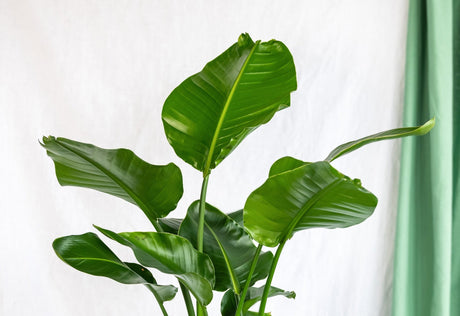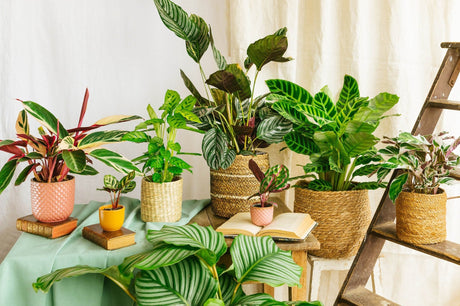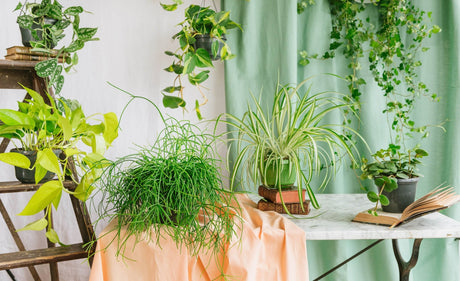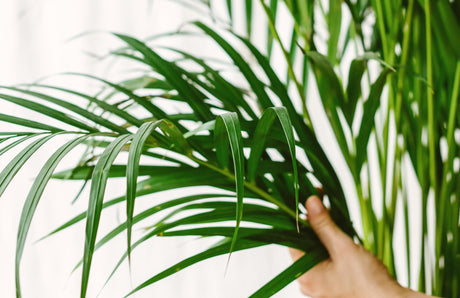The Myrtillocactus has a slender appearance and thorny, with green stems cylindrical that grow vertically. Young stems may have bluish tints which add to their appearance visual . The plant can eventually produce flowers white or cream that add a touch from delicacy to robustness.
1. Watering the Myrtillocactus
The Myrtillocactus has needs in water moderate. It is essential to let the soil dry out completely between waterings to avoid retention moisture excessive, which could lead to problems such as rot des roots.During the summer months, you can water about once every two to three weeks. However, during the cooler months of fall and winter, reduce the frequency to once per month, or even less, depending on ambient temperature and humidity.
When watering your Myrtillocactus, use water at temperature ambient to avoid shocks thermal shocks. Water slowly and evenly around the base of the plant, avoiding watering the stems directly . This allows the root system of the plant to absorb water efficiently.
2. Watering techniques
Soaking method
Place the pot in a container of water and let it absorb the water from below for about 15-30 minutes. This allows the substrate to soak up moisture evenly without overloading the plant.Gentle and balanced watering
Water slowly and carefully to allow the substrate to absorb water well. Avoid watering the stems and heart of the plant directly. Water evenly around the base so that the water reaches the roots.3. The exhibition of Myrtillocactus
Myrtillocactus thriving with bright but indirect light. Look for a place near a window where the plant can benefit from daylight without being exposed to direct sunlight. Avoid locations where the sunlight is intense and hot, as this may damage the stems .4. When should I repot my Myrtillocactus?
The Myrtillocactus generally benefits from a repotting every 2 to 3 years. The time ideal to perform this operation is at beginning of spring, when the plant enters its active growth phase. Avoid repotting during winter or during rest period, as this may disturb the plant. Here are some slines of repotting:Root crowding
If you observe that the roots of the Myrtillocactus completely fill the pot and start to come out through the drainage holes, it is a sure sign that it is time to repot. Root crowding can hamper the plant's growth and compromise its health.Slowed growth
If the growth of your Myrtillocactus slows considerably despite proper care, this may indicate that the substrate is depleted of nutrients and the plant needs more space to grow.Deterioration of the substrate
If the substrate in the pot is compacted, degraded or no longer retains moisture properly, it is time to repot. A poor quality substrate can lead to poor root aeration and watering problems.Plant collapse
If your Myrtillocactus seems unsteady in its pot or leans to one side, it may indicate that its roots are no longer supporting the plant properly. This is a sign that repotting is needed.5. What fertilizer should I use for my Myrtillocactus?
Use of fertilizer proper is essential to promote healthy growth and vigorous of your Myrtillocactus.Choose a fertilizer specifically formulated for cacti and succulents.Careful application
Water your Myrtillocactus normally before applying fertilizer. Then dilute the fertilizer in water according to the manufacturer's instructions and water the plant with this solution. Avoid applying fertilizer to the aerial parts of the plant to avoid burns.Appropriate dosage
Follow the instructions on the fertilizer package to determine the correct dosage. It is better to under-dose slightly rather than over-dose, as cacti are sensitive to excess nutrients.Application frequency
During the active growth period of spring and summer, you can apply the fertilizer every 4 to 6 weeks. During the fall and winter months, when the plant is dormant, reduce the frequency to once every 6-8 weeks or less.6. How do I multiply my Myrtillocactus?
You can multiply your Myrtillocactus by cuttings: choose a stem healthy, let it dry out for a few days, plantin soil well drained, water lightly and wait for new shoots to appear.7. Diseases of Myrtillocactus
Myrtillocactus is generally resistant to diseases, but it can still be prone to some problems. Here is a list of some diseases and common problems that can affect Myrtillocactus:
Root rot
Excessive exposure to moisture can lead to root rot. Make sure the soil is well-drained and avoid overwatering.Oidium
Powdery mildew is a fungal disease that manifests as a white or gray powdery coating on stems and leaves. Ensure good air circulation around the plant and avoid excessive watering to prevent this disease.Cochineals
Scale insects are small insects that attach themselves to stems and leaves, sucking sap from the plant. They appear as small cottony or waxy lumps. Use a soapy water spray or a natural insecticide to eliminate them.Mites
Mites are tiny arachnids that can cause leaf yellowing and white spots. Regular rinsing with water and an increase in humidity can help prevent these pests.Virus
Although less common, Myrtillocactus can be affected by viruses that cause stem and leaf deformities. There is no cure for viruses, so it is important to prevent their spread by avoiding the spread of contaminated sap.8. Delivery and receipt of your plant
- Your plant is dry
- Is your plant wet ? Let the potting soil dry.
- Should I repot my plant right away ? No ! Wait until next spring or for signs that your plant needs repotting.






